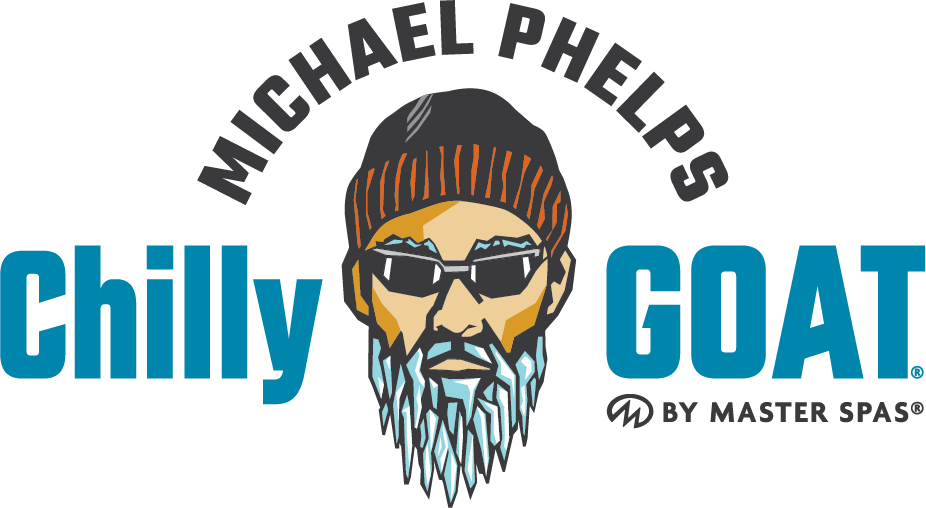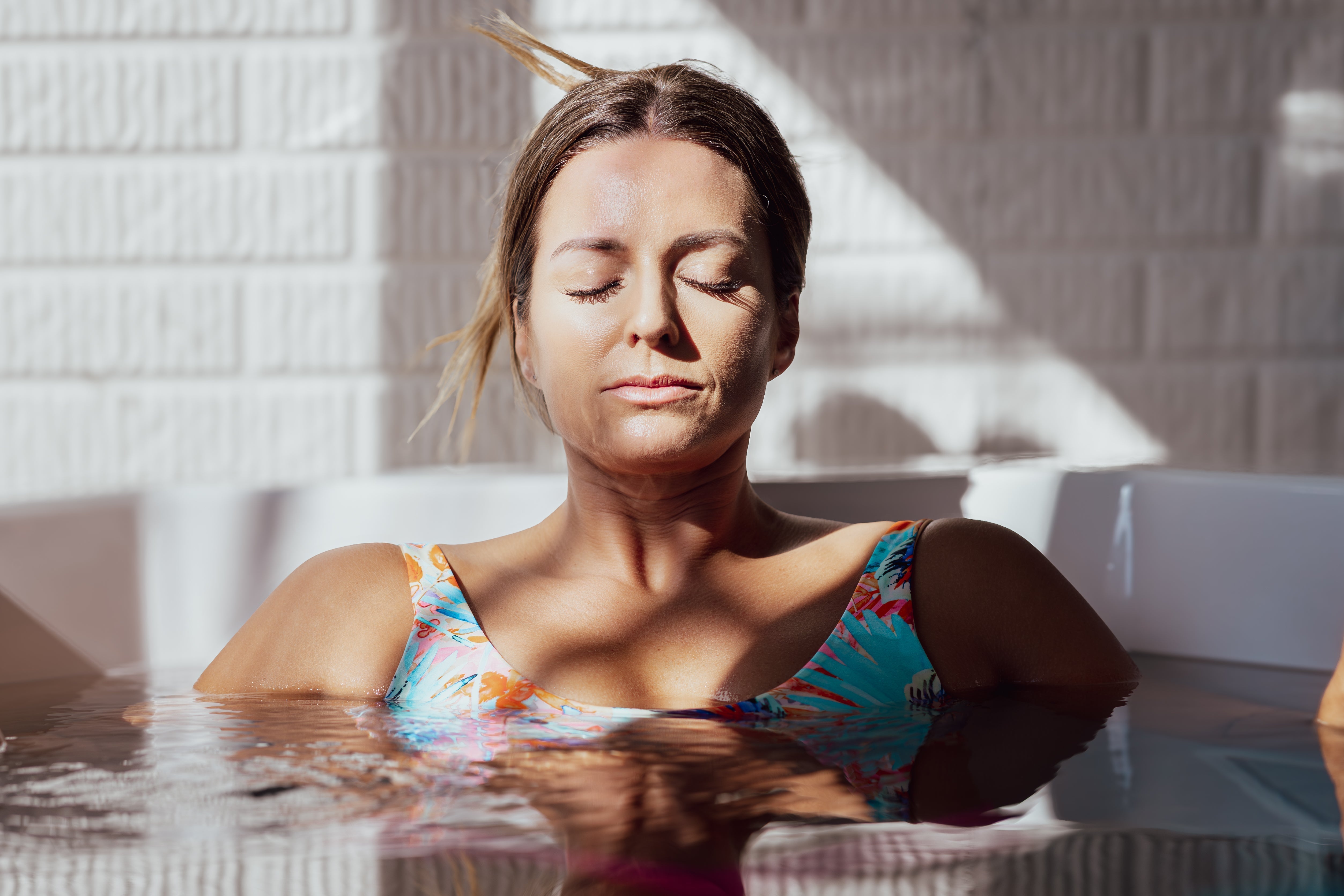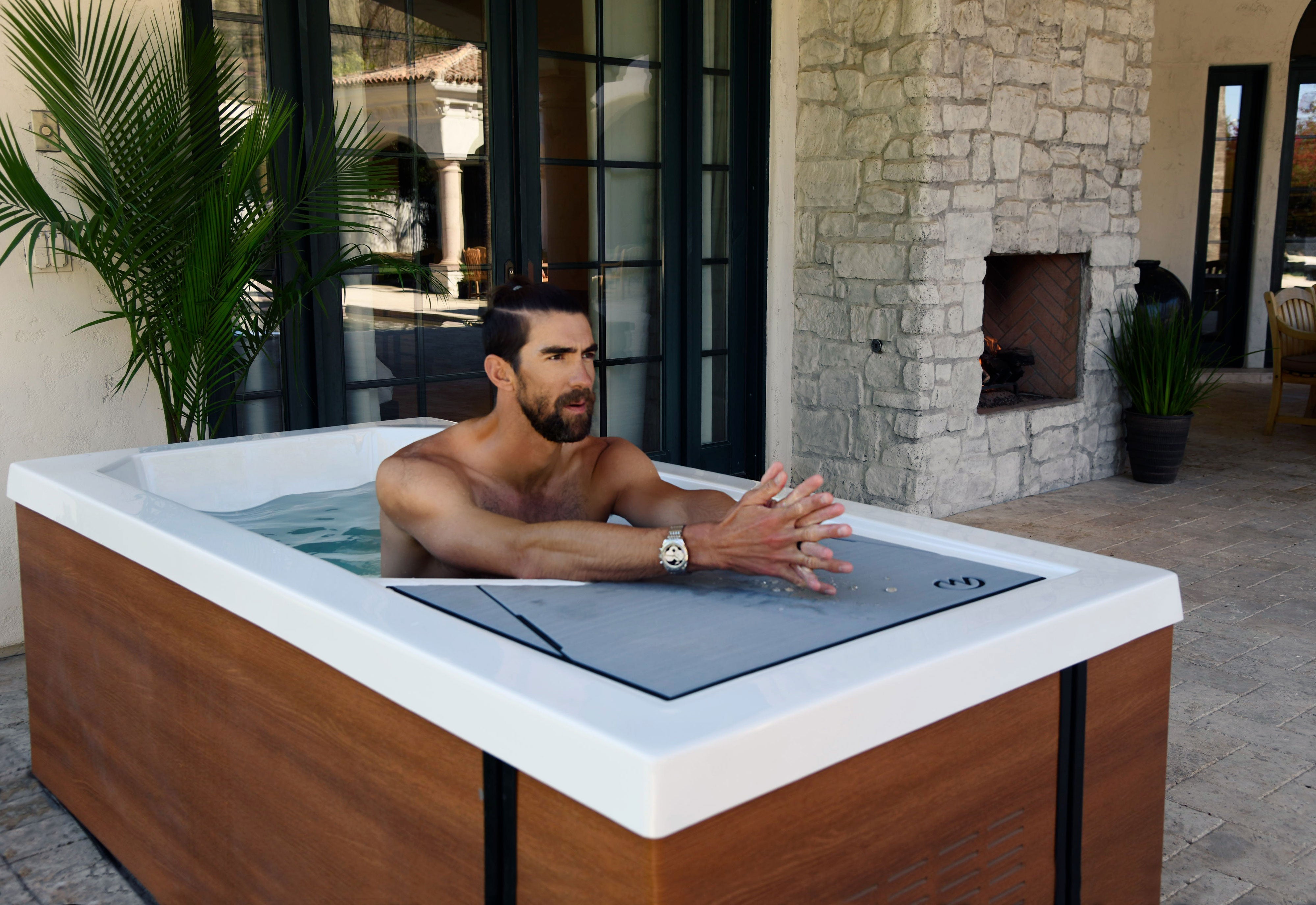The change. It’s something all women are warned about — inevitable, unavoidable. But the shift into perimenopause isn’t like flipping a switch. It can be gradual and confusing. Workouts don’t feel as effective. Sleep becomes elusive. Your body reacts differently to stress, food, and even the routines that once made you feel your best. You find yourself wondering: What’s going on?
For women in their 40s and beyond, navigating perimenopause, menopause, or even the early signs of midlife shifts can feel frustrating. The wellness advice out there often falls short, whether it was designed for younger bodies or based on male physiology. It doesn’t address the hormonal changes that shape so much of how women feel, function, and age.
Dr. Jaime Seeman, a board-certified OB/GYN, athlete, and advocate for female health, has a different message: Women don’t have to settle for feeling “off.” With science-backed strategies, it’s possible to support the systems most affected by age and hormones and start feeling better again.
Grounded in real science, biohacking offers a way to work with your body, not against it. With practical guidance from Dr. Seeman, women can take steps to support energy, mood, metabolism, and long-term health.

Why women need a different approach to biohacking
Just like Dave Asprey, the self-proclaimed father of the movement, many people turn to biohacking because they want to feel better. Sleep deeper. Think clearer. Move through life with more energy and ease.
Biohacking can sometimes look like mouth taping, pricey supplements, or strapping on high-tech wearables that track everything from your heart rate to brain waves. It can seem a little out there. But at its core, biohacking is a science-backed approach to improving health and longevity.
And while some methods definitely lean fringe, biohacking doesn’t have to be complicated. It can be as simple as getting into cold water, being intentional with your nutrition, or prioritizing consistent, restorative sleep.
The real power of biohacking lies in understanding how your body works and supporting it accordingly. But that’s where things can get complicated for women.
Much of the biohacking research, and the protocols that come from it, are built around male biology. For women, that often means following advice that doesn’t quite fit. It overlooks the role of hormones, ignores the nuances of life stages, and skips over important physiological differences.
But those differences matter, especially in midlife. As Dr. Seeman explains, hormonal shifts in a woman’s 40s and beyond can trigger wide-ranging changes, from cardiovascular issues and increased visceral fat to disrupted sleep, mood swings, bone loss, and even skin changes.
Emerging research is also revealing just how central the ovary may be in the aging process. Scientists are using tools like the epigenetic clock, which measures biological aging through changes in DNA, to better understand why menopause seems to speed things up. Studies show that the loss of estrogen can accelerate DNA damage, increase inflammation, and impair mitochondrial function — the engines that fuel every cell in your body.
These shifts help explain why midlife can feel like a turning point. Mental clarity, emotional resilience, and metabolic stability may suddenly seem harder to hold onto, even when your habits haven’t changed.
But knowing what’s going on inside your body opens the door to doing something about it. And that’s where a more personalized, woman-centered approach to biohacking begins.

3 biohacking strategies for women
“You’re just getting older,” the doctor says.
It’s meant to explain everything. The weight gain, the brain fog, the fatigue. But instead of feeling understood, you feel dismissed and frustrated.
Because while changing hormones can affect everything from metabolism to mental clarity, that doesn’t mean you have to guess your way through it.
These biohacking strategies help you understand what’s happening in your body and take action to feel more energized, focused, and resilient.
Using cold therapy to reset your nervous system and metabolism
Cold therapy has become the worst-kept secret in athletic recovery. But going cold is not just about reducing muscle soreness. It’s now become a way to support immunity, metabolism, and overall mental health. For women, especially in midlife, cold exposure can be a powerful way to reset the nervous system, support stress resilience, and boost mental clarity.
That said, it’s not about jumping feet-first into a frigid lake. Dr. Seeman recommends starting cold therapy only after your foundational health habits are solid, including hydration, nutrition, and stable blood sugar. From there, you can ease into the practice.
Her suggestion? Begin with cold showers. Two to three minutes is enough to trigger the body’s adaptive response. Dr. Seeman’s protocol starts with just two sessions a week. As your tolerance improves, you can increase frequency and length. The goal is to work up to a 10-minute cold shower.
Then, once you feel ready, you might try cold tub immersion. Dr. Seeman recommends beginning at around 70 degrees, then lowering the temperature by five degrees each week until you hit the target: 50 degrees. At colder temps, less is more. Two to three minutes is plenty, and it’s best not to go beyond a 10-minute plunge.
One thing to keep in mind: your body’s response to cold changes throughout your cycle. During the luteal phase (the second half), higher progesterone levels and a natural rise in core temperature can make cold feel more intense. You might find it harder to warm up afterward. That’s totally normal. The follicular phase (the first half of the cycle) is when many women find cold exposure most comfortable and effective.
Sauna therapy: Using heat as a healing tool
Sauna sessions aren’t just for spa days. For women navigating hormonal shifts, they can be a surprisingly effective way to support physical and mental well-being. Regular heat exposure has been shown to help with everything from heart health and circulation to better sleep and lower stress.
Dr. Seeman points out that heat therapy can also support immune function, detoxification, and even skin health — all areas that can feel harder to manage during midlife.
But just like with cold exposure, women respond differently to heat than men do. You might sweat less (even with more sweat glands), take longer to cool down, or feel more wiped out after a session. That’s not a flaw; it’s a difference rooted in biology.
Hormones also play a role. During the luteal phase, for example, your core body temperature naturally rises, so a sauna can feel more intense. And because hormonal changes can affect how your body loses electrolytes through sweat, it’s important to stay on top of hydration and consider mineral support if you're using heat regularly.
Dr. Seeman recommends tuning into your body and adjusting based on how you feel. That might mean shorter sessions during certain parts of your cycle or increasing recovery time after heat exposure.
Supplement strategies and smart stacking
When it comes to supplements, the temptation is real — especially with social media full of influencers promising results in a bottle. But Dr. Jaime Seeman encourages a smarter, more personalized approach.
Her philosophy: supplements should fill gaps, not replace good habits.
Some examples: Magnesium can support deeper sleep and muscle recovery. Omega-3s may help reduce inflammation and support heart health. But the real benefit comes from pairing the right supplements with lifestyle strategies like strength training, blood sugar regulation, cold therapy, and heat exposure.
This kind of “stacking” — combining intentional habits with targeted support — can help build a stronger, more energy-efficient foundation over time.

A better way forward
That’s the heart of biohacking for women. Especially in your 40s, 50s, and beyond, it’s about working with your biology instead of fighting it. Cold therapy, sauna use, and targeted supplements aren’t just trends; they’re tools that can help you support energy, focus, and long-term health.
Curious how Dr. Jaime Seeman puts her biohacking strategies into practice? Her personal wellness space includes the Chilly GOAT Alpine Cold Tub and the MP3C Sweaty GOAT Sauna.




Breaking the stigma: Men’s mental health and real ways to cope
When is the best time to cold plunge? Here’s what to know